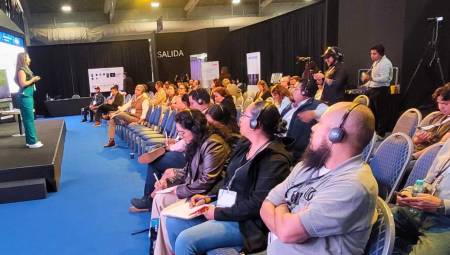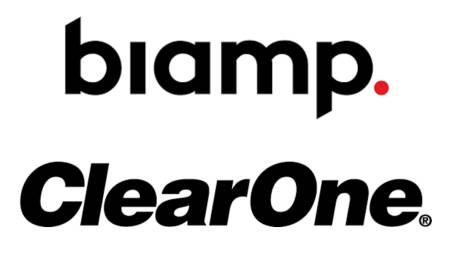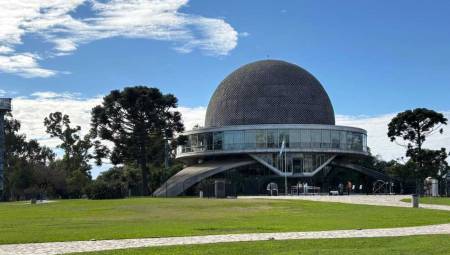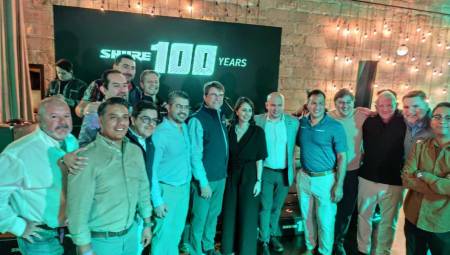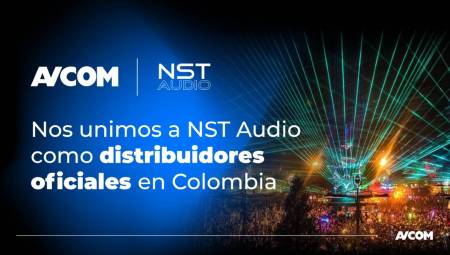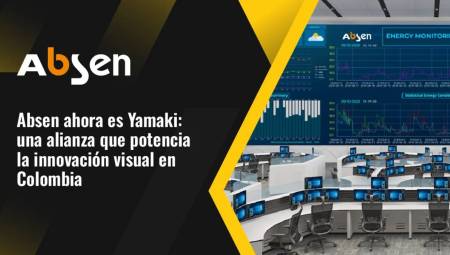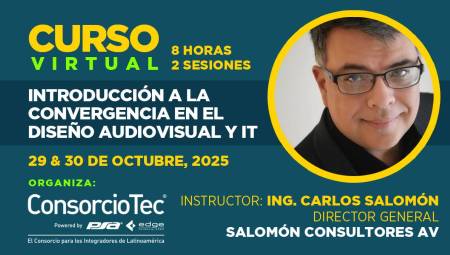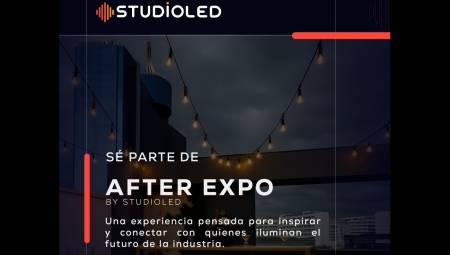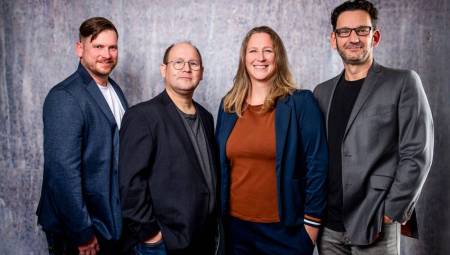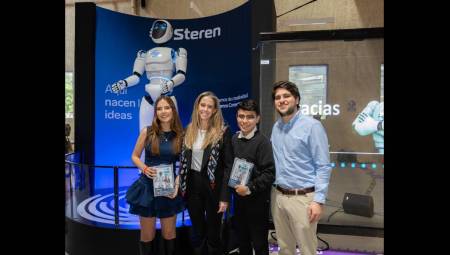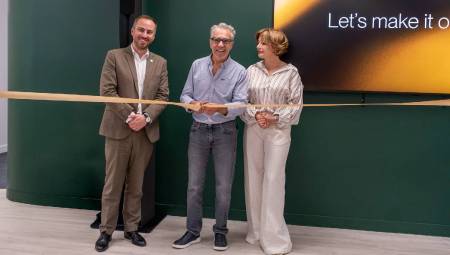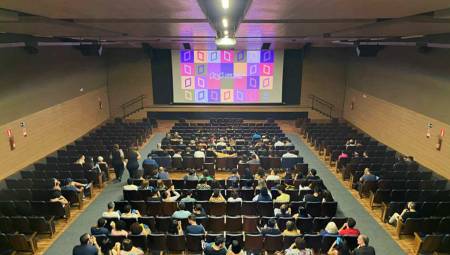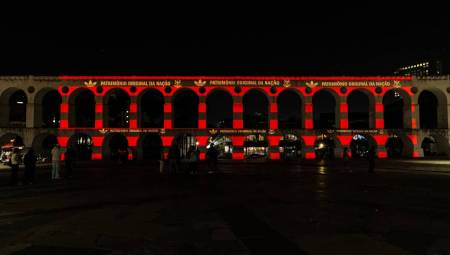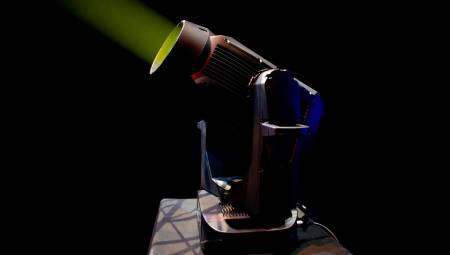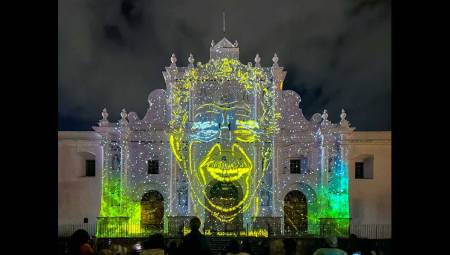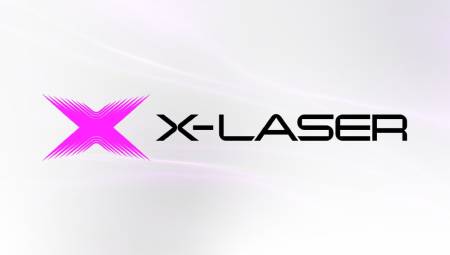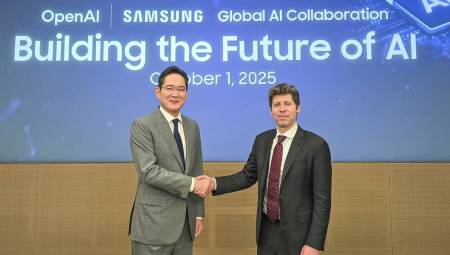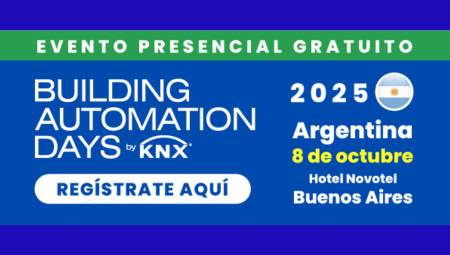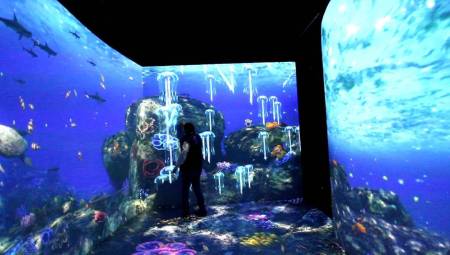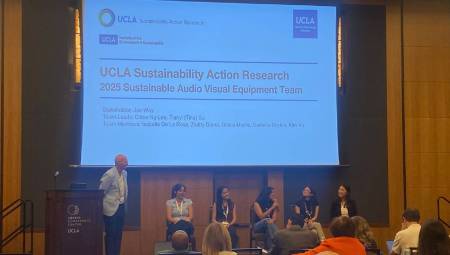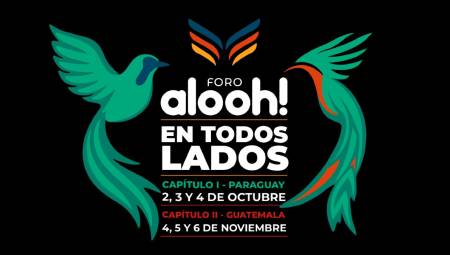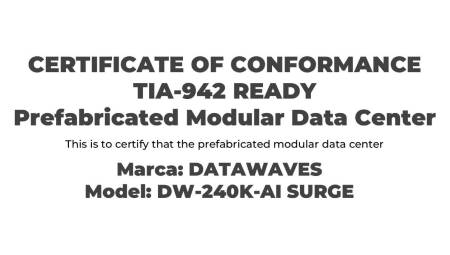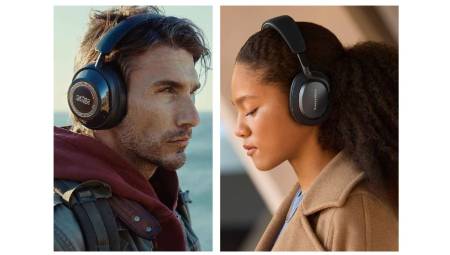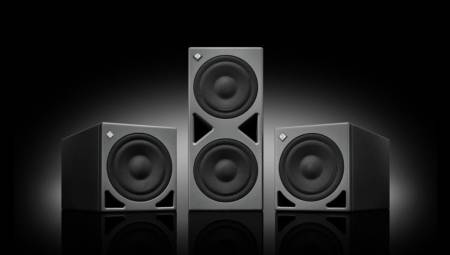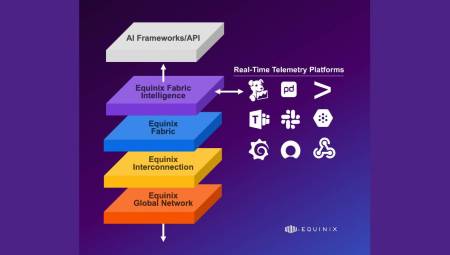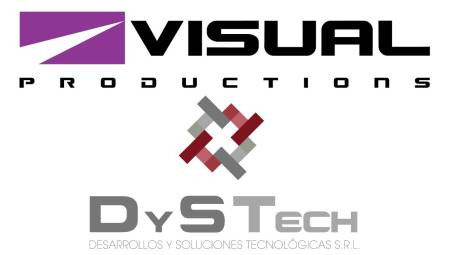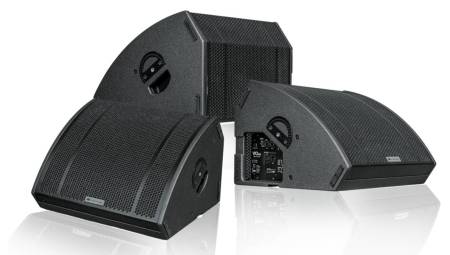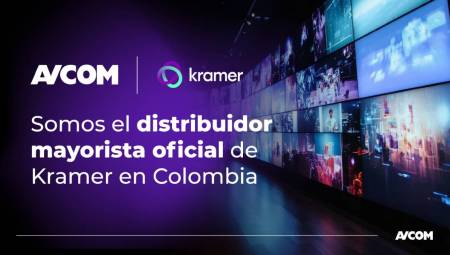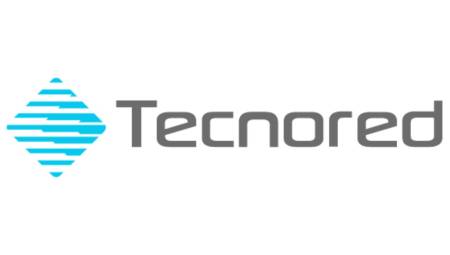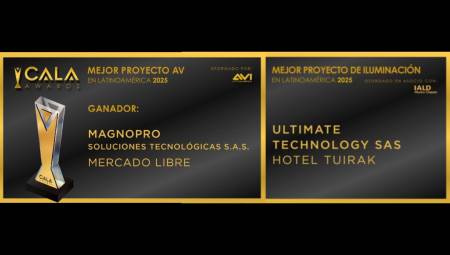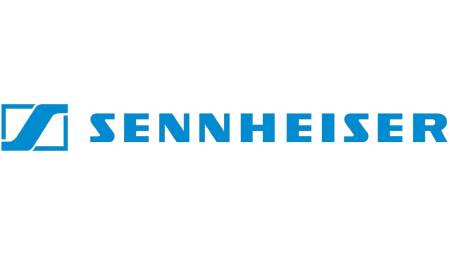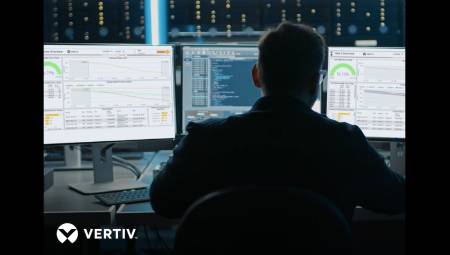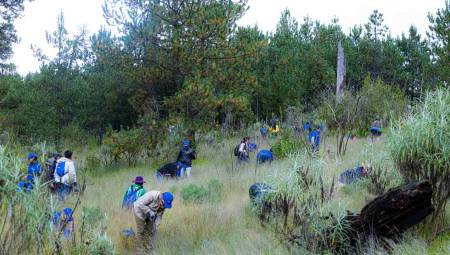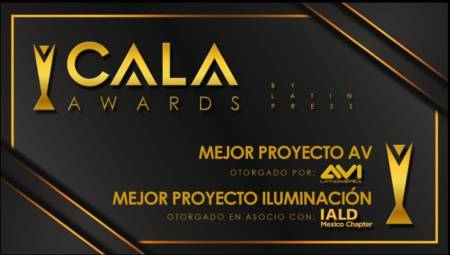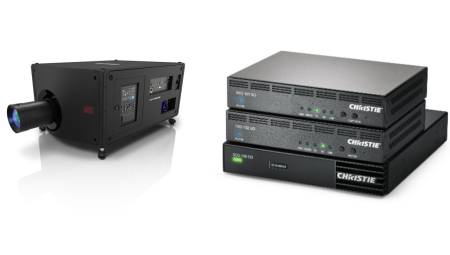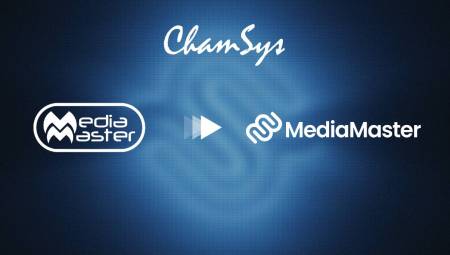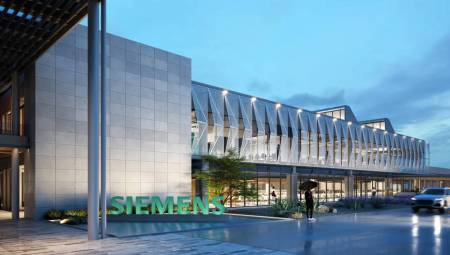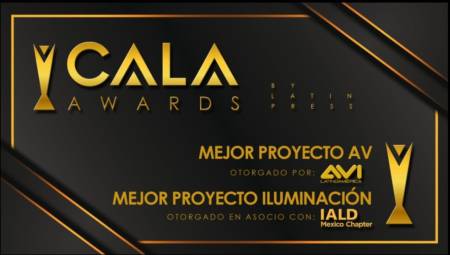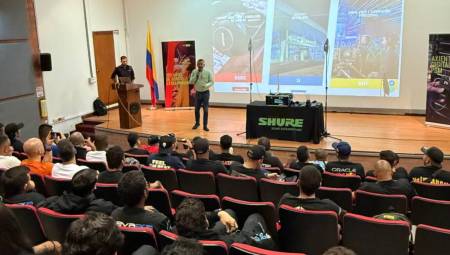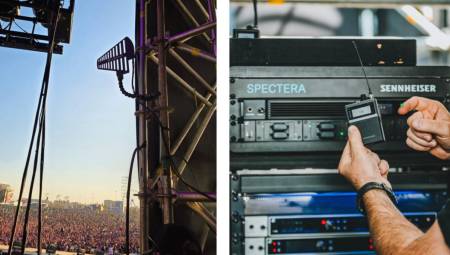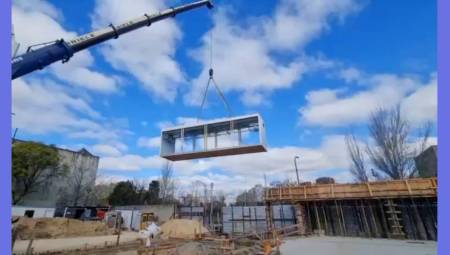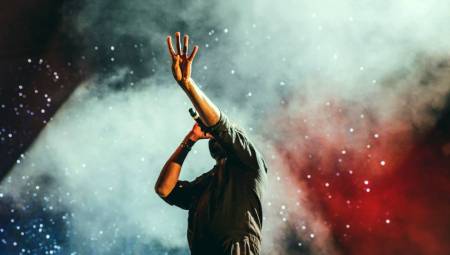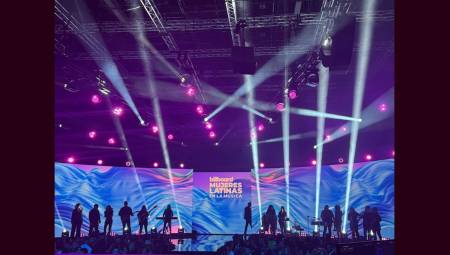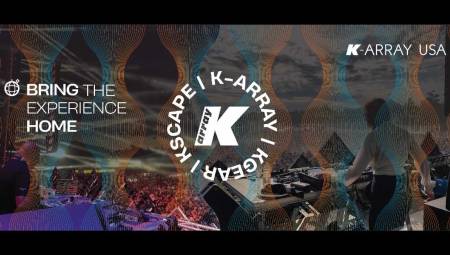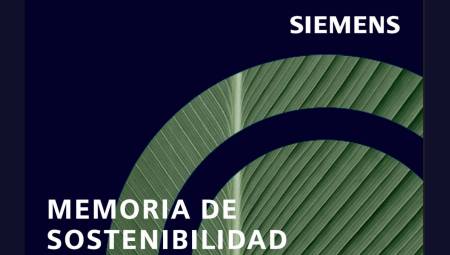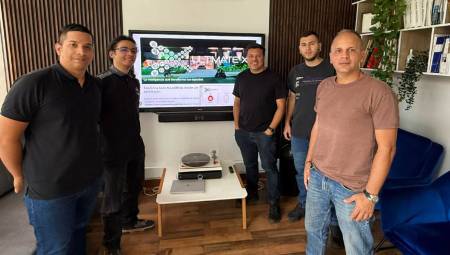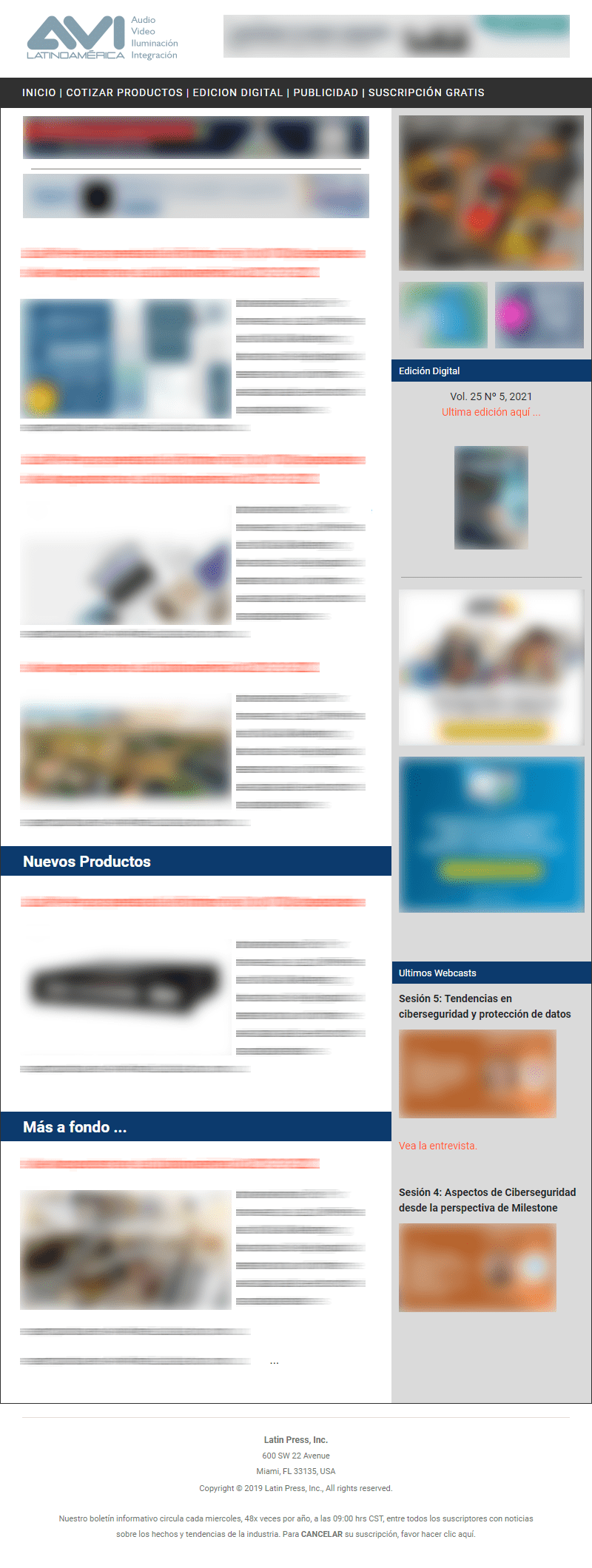 Visual content, whiteboards, virtual rooms, digital books, are just some of the elements that have marked a methodological change in the way of teaching, thanks to audiovisual technology.
Visual content, whiteboards, virtual rooms, digital books, are just some of the elements that have marked a methodological change in the way of teaching, thanks to audiovisual technology.
By Juan Tamayo
I belong to the generation that attended class when chalk and board were still used, for my case dark green. The classes throughout my basic, primary and secondary training, and even some semesters at the university where the teacher finished his subject covered with a white powder if there were no figures or graphics to portray, because in this case it could be a color palette. I still remember that during a geometry class my teacher took almost an hour to graph a three-dimensional plane for a ten-minute explanation.
In the last ten years the educational evolution (or revolution) has been such that the evaluation parameters have changed. Knowledge or being? This question will be answered by educators, what interests us is how audiovisual technology has influenced it and what elements can or have been fundamental in this revolution.
In this article I will present some evolutions, possibly some are left out, others with less content. The intention is to have a historical writing for the generations that did not know these technologies.
Evolution of visual content
I think the graphic evolution has been great, the concept of image has been I think the audiovisual element that has changed the most during the history of education. It was revolutionary when an art teacher presented a photograph of a masterpiece to his students using a robust projection machine, the image was a transparency that when placed on a glass table with a very powerful bulb and with a set of lenses and mirrors was projected on a white screen, even more revolutionary when a mechanical device is attached that through a click changes to an image new.
Then an element passed that was little used in our continent, but the document projector also had its grain of sand in the audiovisual evolution. It works with a basic principle of video streaming. A camera takes the image of the document and it is transmitted in 480p to a video projector or monitor. The video projector was perhaps the before and after of visual history in education. The first were large, robust, not used as a fixed location since its cost was very high.
The teacher had to carry it in a suitcase and be very careful with the on and off times, as a miscalculation could cause the lamp to burn. In almost 60 years, education went from making drawings on chalk boards to observing presentations through video projectors.
Whiteboards have changed
But not everything can be digital content. Mathematical developments, linguistic explanations, and other activities are usually easier if you have a board or whiteboard to write on. The information of interest can be lost if the student copies what he observes on the board, or worse, he can not pay attention very well since he is busy copying at full race what the teacher captures.
During my college career I had classmates who placed cameras and video cameras in class to take pictures of the board. The product developers created the interactive whiteboards, for me, the best feature that these elements have is the ability to record the information that is copied into them and then transmit them in digital formats.
Virtual lounges
The option of distance courses has evolved in a few years. Before these courses were reading content mounted on the network, each student connected, could observe their tasks, developed the course and uploaded the information again. The exams were survey platforms.
Now the AV industry offers us different types of web-based platforms to conduct virtual courses. The interaction has changed. Now with "virtual classrooms" where the teacher can go online and observe face to face with their students, answering a question when observing the person generates that human connection that strengthens the teacher-student relationship.
Basically, a physical room is changed for a virtual one. I would bet on an education of this style.
Repetitive classes
Who hasn't attended a repetitive course? such as renewing the driver's license. I think we've all been through this. Some schools in various areas play a video on the computer, in DVD format or some still use VHS, although few. Not long ago I observed one already with the tape worn or with the tracking poorly adjusted. The AV industry offers a large number of solutions based on recorded content.
Schools have the opportunity to offer courses or videos on the network, some solutions even make "interactive" courses in which the person can answer question options and the software according to the answer can change the video.
This option is recommended in courses that do not require an instructor or teacher in person. They are basically deliveries of information. I would not recommend it in courses of children or young people who must be trained academically and humanely. Modern platforms deliver course statistics, presentation schedules, duration among others.
Books do not die, they change format
Some schools and universities in the US and Europe have changed their book model. The cost of the physical book is too high for some students who have to pay for their own education.
So they have changed the format of content, it goes from being paper to digital tablets. Many applications allow you to underline and take note of the book so the student has a better price for the content, since the digital book is cheaper, and does not have to carry all that weight in your suitcase. I uploaded many books and photocopies in my college days. Additionally the tablet can complement the work of virtual rooms, it is a good option to save costs as long as a good analysis of cost of books vs tablet cost is carried out.
To conclude
Whatever the method of selection in your classroom, always keep the teacher or educator in mind, as it is the most important variable in this equation. A non-human education is not education.
I know that the subject is very extensive and there is much to show. The educational subject is one of those that I am passionate about since as an instructor I look for teaching methods that expand knowledge in the best way.
I invite our readers that if they have designed or executed projects of this type send us the content to [email protected] or [email protected], we will also answer questions or concerns.
*Juan Tamayo is a Sales Engineer for sound installations in Latin America from the company Audio Technica.


















































